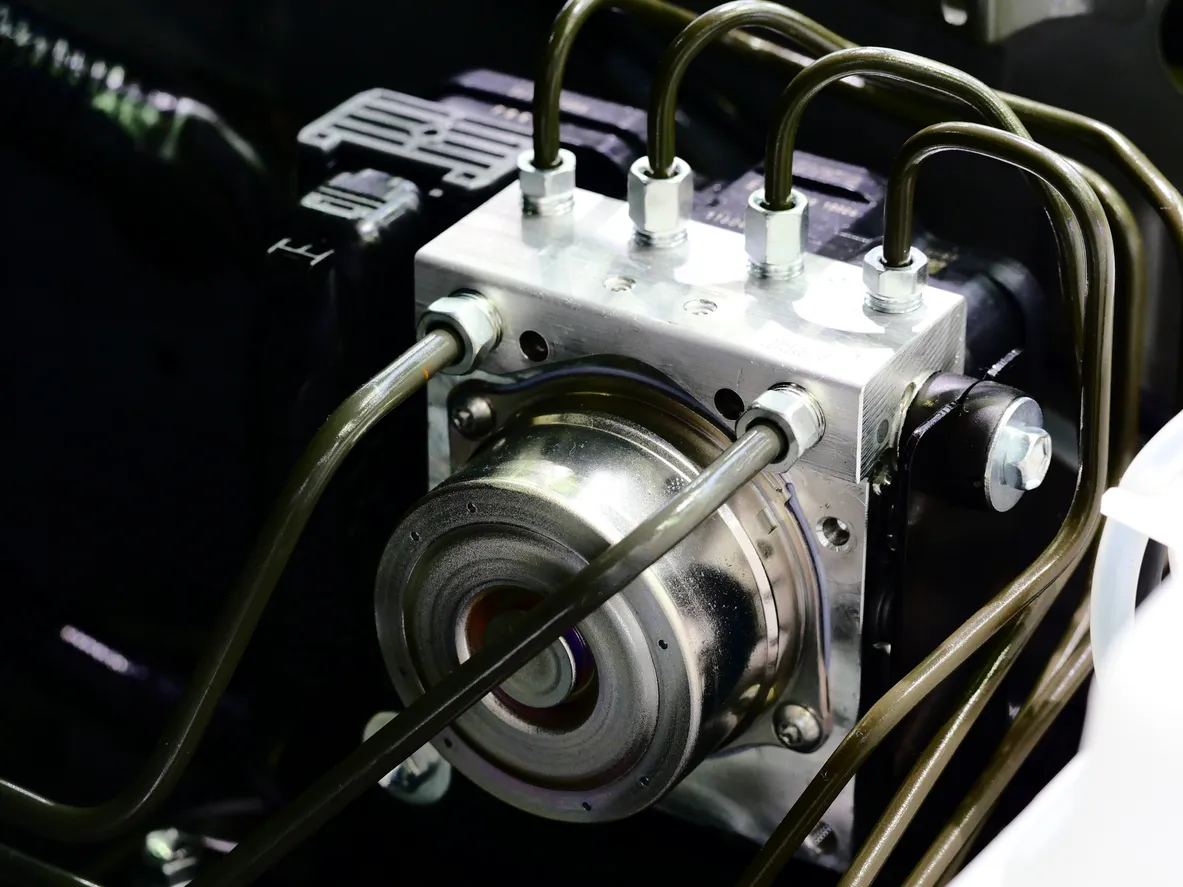Anti lock brakes are a critical safety feature in modern vehicles, designed to prevent the wheels from locking up during hard braking. This technology is especially important in adverse weather conditions, such as rain or snow, where maintaining control of the vehicle is essential. When you press the brake pedal hard, anti lock brakes allow the wheels to continue rotating, which helps the driver maintain steering control and avoid skidding. As a driver, understanding how anti lock brakes work and their benefits can enhance your driving safety.
Here are some key points to consider regarding anti lock brakes:
- They automatically modulate brake pressure to prevent wheel lockup.
- Most vehicles manufactured after the late 1990s are equipped with anti lock brakes.
- They can reduce stopping distances in slippery conditions by maintaining traction.
- Regular maintenance of your braking system is necessary to ensure optimal performance.
- Familiarizing yourself with the system can help you react appropriately during emergency braking situations.
Warning Signs
- If you notice the anti lock brake warning light illuminated on your dashboard, it’s time for an inspection.
- Unusual noises when braking can indicate issues with the anti lock brake system.
- Feelings of vibration or pulsation in the brake pedal during engagement may signal a malfunction.
How Anti Lock Brakes Enhance Safety
The primary purpose of anti lock brakes is to enhance safety by reducing the likelihood of skidding. When a driver applies the brakes suddenly, the system prevents the wheels from locking, allowing the driver to steer and maneuver the vehicle. This capability is especially beneficial in emergency situations where quick reflexes are required. The ability to maintain control can make a significant difference in avoiding accidents.
In addition to preventing skids, anti lock brakes can also improve the overall effectiveness of the vehicle’s braking system. Here are some advantages:
- Enhanced vehicle control during hard stops.
- Shorter stopping distances in various road conditions.
- Increased driver confidence, especially in inclement weather.
- Improved safety for both the driver and passengers.
- Compatibility with other safety features like electronic stability control.
Warning Signs
- Braking feels uneven or spongy, indicating potential issues with the anti lock brake system.
- If the brake pedal goes to the floor with little resistance, this could be a serious concern.
- Excessive wear on brake pads can affect the performance of anti lock brakes.
Maintaining Your Anti Lock Brake System
Regular maintenance of your anti lock brake system is essential for ensuring it functions correctly. Like any other component of your vehicle, the braking system requires periodic checks and care. Neglecting maintenance can lead to decreased performance and increased risk of accidents. It’s advisable to follow your vehicle manufacturer’s recommendations for brake service intervals.
Here are some maintenance tips for your anti lock brake system:
- Check brake fluid levels regularly and top off as needed.
- Inspect brake pads and rotors for wear; replace them as necessary.
- Have the anti lock brake system checked for error codes using an OBD-II scanner.
- Ensure that all brake lines are free from leaks and damage.
- Consider professional inspections annually to catch any potential issues early.
Warning Signs
- Low brake fluid levels can indicate leaks or worn components.
- Brake pad wear indicators can signal the need for immediate replacement.
- Any unusual smells, such as burning, should prompt an immediate inspection.
Conclusion
Understanding the importance of anti lock brakes is crucial for maintaining safety while driving. These systems not only help prevent skidding but also enhance overall control during braking. Regular maintenance and being aware of warning signs can ensure your anti lock brakes function effectively. If you haven’t already, consider scheduling a brake inspection today to keep your vehicle safe on the road.




